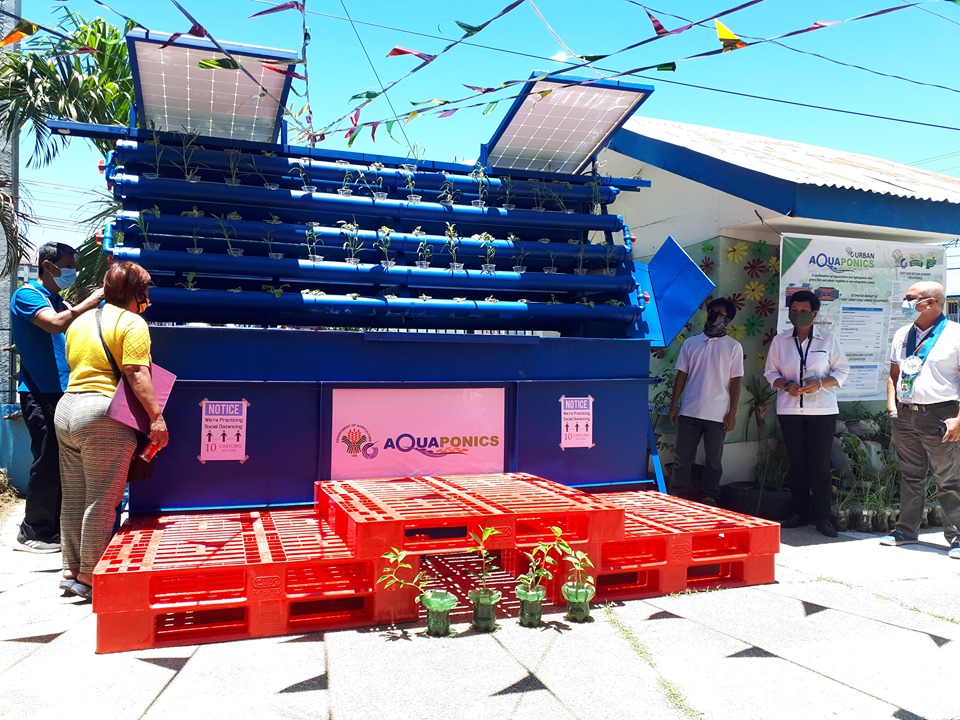
Industry update
News
Aquaponics
Philippines launches urban aquaponics program
February 1, 2021 By Nestor Arellano
 The Bureau of Fisheries and Aquatic Resources (BFAR) aquaponics system in Tuguegarao City, Cagayan. (PIA photo)
The Bureau of Fisheries and Aquatic Resources (BFAR) aquaponics system in Tuguegarao City, Cagayan. (PIA photo) The Philippines government aims to boost food production during the COVID-19 pandemic by providing urban dwellers aquaponics kits that will allow them to raise fish and grow vegetables.
The country’s Bureau of Fisheries and Aquatic Resources’ (BFAR) this week began distributing 10 units of the aquaponics system to 10 beneficiaries in communities in the City of Naga, an eight-hour drive from the country’s capital of Manila, according to the Philippine Information Agency.
Similar equipment were also delivered to Tuguegarao City, a municipality in the northeaster province of Cagayan.
The aquaponics units will be instrumental in enhancing food security in urban areas during the pandemic, according to Nelson Bien, BFAR – Bicol regional director.
With the equipment and technology, they will have their own vegetables and fish to eat and they don’t need to go out to go to the market,” Bien said.
He said that the project is focused on urban cities like Naga, Iriga and Legazpi City, where space is limited for planting vegetables or for raising fish. The units designed by BFAR technicians allow combines concepts of aquaculture (fish farming) and hydroponics (soil-less growing of plants) in an integrated system that can be quickly assemble in small space.
A typical aquaponics unit can accommodate 400 tilapia and about 50 lettuce or bok choy plants.
The equipment are modified by BFAR regional office technicians to suit the needs of users and weather conditions of the area. For instance, in Tuguegarao, while the required height of the tank for the fish from one metre to 1.5 metre, it was modified into two meters depth to allow a cooler water temperature considering region’s hot climate during summer season.
BFAR has units that for small scale backyard operations as well as larger bigger units for large-scale implementation.
The equipment are modified by BFAR regional office technicians to suit the needs of users and weather conditions of the area. For instance, in Tuguegarao, while the required height of the tank for the fish from one metre to 1.5 metre, it was modified into two meters depth to allow a cooler water temperature considering region’s hot climate during summer season.
Print this page